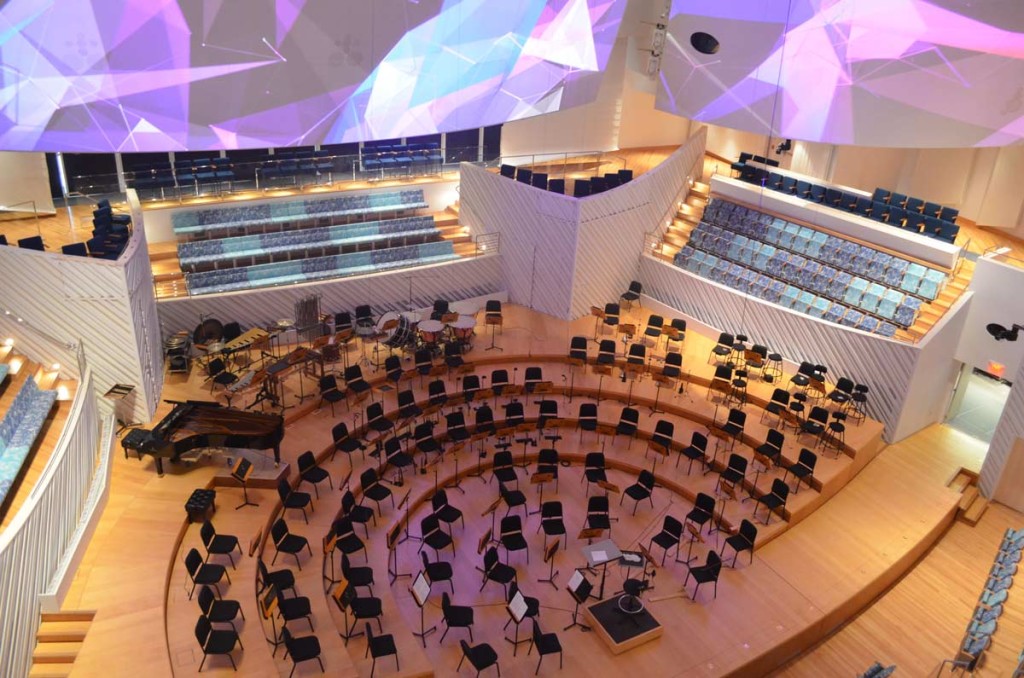Community, Leadership, Experimentation, Diversity, & Education
Pittsburgh Arts, Regional Theatre, New Work, Producing, Copyright, Labor Unions,
New Products, Coping Skills, J-O-Bs...
Theatre industry news, University & School of Drama Announcements, plus occasional course support for
Carnegie Mellon School of Drama Faculty, Staff, Students, and Alumni.
CMU School of Drama
Thursday, August 30, 2018
Subscribe to:
Post Comments (Atom)

3 comments:
This article is interesting, and gets very involved of the semantics surrounding what defines a stage and a platform. This article also specifically talks about codes surrounding a theatre and platforms, including the requirement that a proscenium theatre must have a fire curtain. Also, stages can and often do have platforms installed on top of them for shows. This is also common in black box theatres, where platforms or risers are also installed for seating as well as performance. What’s interesting about this is how much it applies to our work in technical theatre. As designers and stage managers, we should know the difference between these two things, and what that means for us. If the space that we’re working in is not up to code, then we should be able to report it to the correct authorities, in order to make sure that we, ourselves, as well as those under us, are safe in the space that we are working in.
Woah, before I read this article I would have absolutely confused stages and platforms… it seems that it should be pretty straightforward, especially for those familiar with theaters, and this certainly seems like a major problem for building code purposes. If a de jure platform is used as a de facto stage, it seems to me that it should be treated legally as a stage, but that would cause significant problems considering the fact that the platform likely would not meet the stage codes. It would be impractical to prohibit use of platforms as stages or vise versa, but the legal ambiguity is nearly as impractical. A third code of special cases like these seems a possible long term solution, but making policy change is of course a painfully slow process. Perhaps increasing awareness of issues and ambiguities like this, and through doing so exert pressure on regulators and policymakers to prioritize the clarification and resolution of codes. Until then, I guess it is best simply to be aware of the issue and to plan around it when it is relevant.
I find it fascinating that platforms have very few restrictions on them. Granted, usually you will have a platform as part of a stage space, and therefore certain restrictions apply, with codes that have to be met, but still. As a platform is described as a "raised area within a building," I would at least expect there to be information regarding how high the platform is allowed to be, at what height railings are required, if the platform is allowed to be raked and if so at what angle or percentage, the occupancy given the square footage, etc. I also find it interesting that they mention churches with platforms, when a case could be made that gospel choirs would be both spiritual and musical entertainment and enrichment. So is that entire space then not a stage? Historically, it makes a lot of sense that theatre stages have stringent fire protocols and codes that must be met, as well as occupancy regulations, exit doors, and egress requirements. Having never thought about the difference between a stage and a platform before, I did not consider how building one versus the other would alter the financials and protocols of a building to such an extent.
Post a Comment